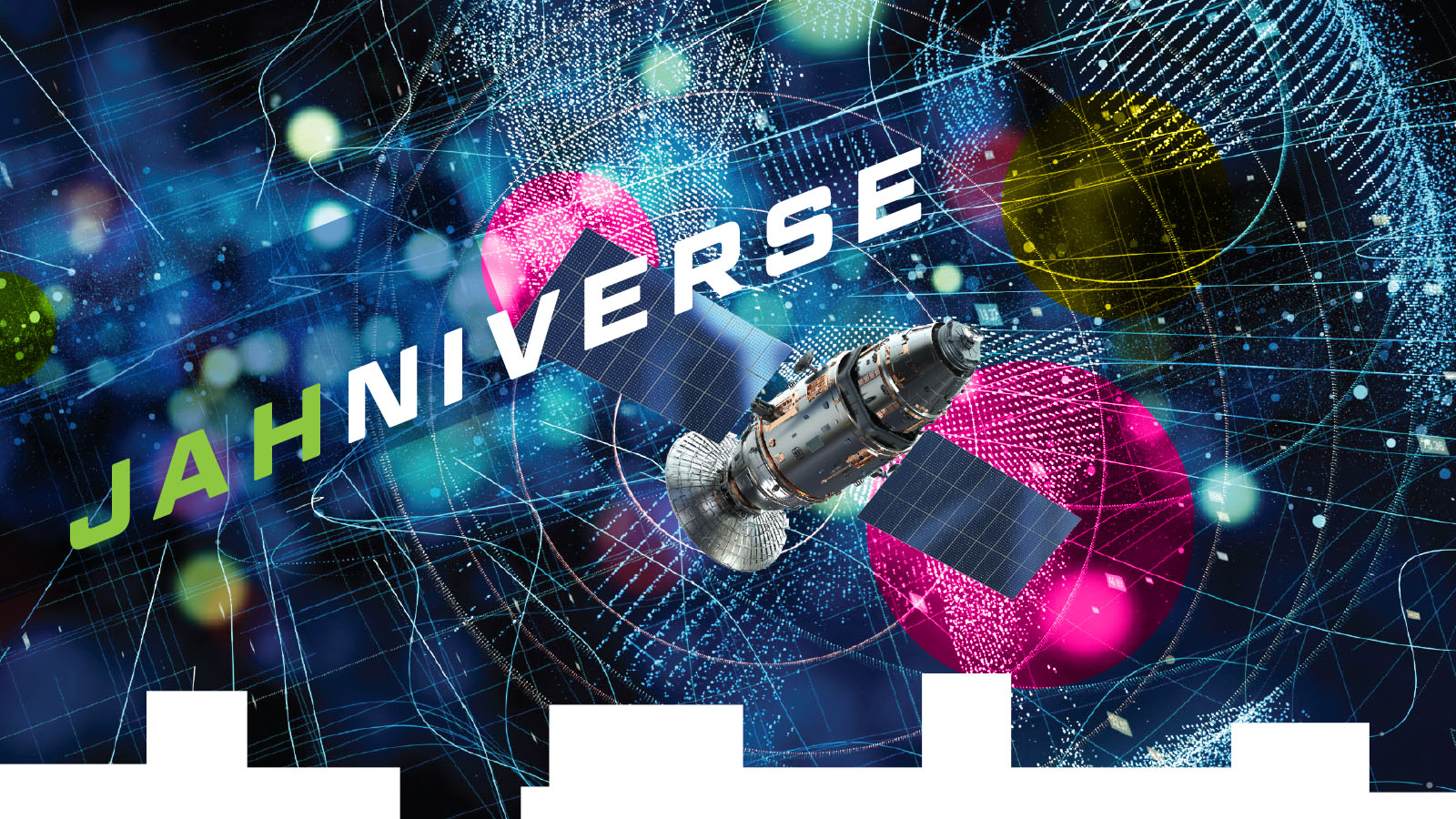Stay Up to Date
Submit your email address to receive the latest industry and Aerospace America news.
Over the next year, 24 countries will have the task of deciding who should pay into the climate change “loss and damage” fund established in November by the nations of the world, the forms those funds should take and how they should be distributed.
As important as climate change is, the nations that created this fund should also consider broadening the fund’s mission by folding in space environmentalism and sustainability. Here’s my reasoning.
The rationale for establishing the loss and damage fund was that those countries that are not members of the Group of 20 leading economic powers did little to contribute to the climate crisis, and yet they now bear some of its gravest consequences. “The African continent for example, contributes the least to climate change yet is the most vulnerable to its impacts,” the United Nations Environment Programme noted on its website following COP27, the 27th session of the Conference of the Parties, the annual gathering of nations to assess progress toward solving the climate crisis.
A parallel rationale exists in space, where a handful of spacefaring nations have, in little over half a century, polluted orbits with debris and are loading the most desirable orbits with so many satellites that few others will be able to access them.
It turns out that many of these new spacefaring countries desire to establish persistent access and use of outer space for a variety of purposes, such as those related to communications and Earth observation. Their resources for maximizing space safety, security and sustainability are eclipsed by G20 countries that have been operating in space almost since the launch of Sputnik in 1957. For example, a country like Kenya that is new to the space domain lacks a global network of satellite tracking stations and workers skilled in the tradecraft of space operations. Established spacefarers have long since achieved these effective practices, while new spacefaring countries rely almost exclusively on orbital safety products provided to them freely by the United States.
To that end, I propose that space environmentalism and sustainability should be folded into this loss and damage fund because new entrants to the spacefaring community are already hindered in their use of orbital space due to the growing amount of pollution, to no fault of their own. This pollution, namely space debris, poses real and burdensome operational costs and hazards to working satellites, which provide critical services and capabilities, not the least of which is climate change monitoring, assessment and verification. For example, a country like Kenya could receive some form of compensation allowing it to improve its own satellite operations capabilities and even purchase some commercial satellite tracking services, enabling it to operate more safely and sustainably, which in turn would help all other operators in the orbital neighborhood. Perhaps the fund could be used to pay third-party organizations to remove debris, like a salvage operation from a specific orbital highway, and thus remove known space traffic hazards to working satellites.
One metric that should be used in space environmentalism and sustainability is orbital carrying capacity, which is finite for any given orbital highway. Based on the purpose or mission of a given satellite, there are natural orbital paths that are better suited or optimal for that spacecraft. These are what I call orbital highways. So, in brief terms, orbital carrying capacity is the ability for any given orbital highway to sustain unencumbered space operations and activities and deliver services. As such, most of this capacity is currently being consumed, or made unavailable, by space debris. Exceeding the orbital carrying capacity results in a space operator’s inability to operate in that given orbital highway while avoiding undesired consequences, including expending additional fuel to maneuver out of the way of predicted hazards. This saturation of orbital carrying capacity also results in a degradation of services and capabilities. Pragmatically, a non-G20 country has a higher operational cost and risk in orbital space due to space debris and may not even be able to operate in certain orbits.
In terms of the space pollution crisis humanity faces, the top three countries responsible for most of it are the United States, Russia and China. To be sure, I’m not demanding that these three countries solely pay into this loss and damage fund, but I am requesting that they lead the effort in getting this funded so that non-G20 countries can be compensated for a burden they’re carrying — namely, operating in a congested environment absent resources to accurately and precisely avoid the traffic hazards, a result of activities by the dominant G20 countries in space. We don’t need to give people Lamborghinis to go to orbit, but we should provide them with the basic resources to drive safely.
About Moriba Jah
Moriba is a professor at the University of Texas at Austin and chief scientist at Privateer. He helped navigate spacecraft at NASA’s Jet Propulsion Lab and researched space situational awareness at the U.S. Air Force Research Laboratory, and is an AIAA fellow.
Related Posts
Stay Up to Date
Submit your email address to receive the latest industry and Aerospace America news.




